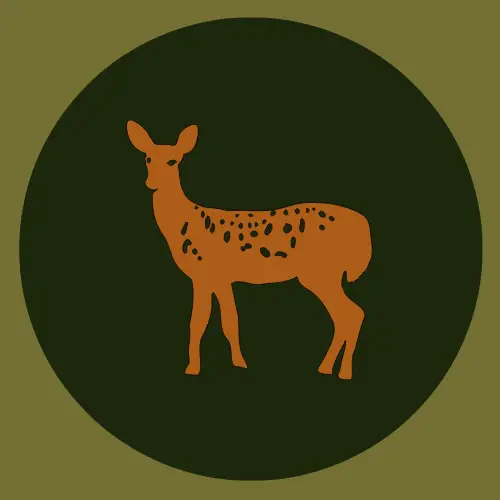Monitor Lizard – Let’s Explore the Fascinating World of Monitor Lizards

What is a Monitor Lizard?
The Monitor Lizard is also known as the Indian Monitor Lizard or Bengal Monitor Lizard, and its zoological name is Varanus or Varanus bengalensis. In the areas of Punjab and Sindh, it’s called Goah. Monitor lizards have more than 70 species spread across the world. They can grow up to 10 feet long and weigh over 65 kilograms. They like to stay in the water, especially in the water channels of the agricultural lands in the villages. But they are also found on lawns or playgrounds.
Profile
| Zoological Name | Varanus bengalensis |
| Family | Varanidae family |
| Areas | Africa, Asia, and Oceania |
| Category | Omnivore, carnivorous |
| Length | Between 6 and 10 feet |
| Age | 20-30 years |
| Build | Long, and slender body, powerful jaw, and sharp claw |
| Ability | Strong swimming abilities |
Role in the Ecosystem
It’s an omnivore. They can eat small turtles, frogs, and even dead organic matter such as trash, or dumped solid waste. According to the international organization IUCN, which defines categories for different species, this lizard doesn’t fall into the threatened, vulnerable, critically endangered, or endangered categories. It falls into the category of “near threatened.” In hot or humid weather, they go to the villages, grounds, agricultural lands, and ponds. In the villages, they travel through small streams (naaliyan) and end up in the houses of villagers if the sewerage holes are not covered properly. Often, people in small villages in South Asia call for rescue to evacuate them from their properties.
It’s the whole ecosystem; when we switch on the lights at night, the insects come; for eating insects, the frogs come; and for eating frogs, the snake comes. Every animal looks for a place where it can find food.
How do we protect ourselves and our property from the monitor lizard?
They love to stay near water or streams. It is advised for people, especially in the rainy season, to stay protected. Their main targets are villages, houses with big lawns or gardens, or playing grounds. It’s advised to keep a jaali below all the doors and cover all holes in the house (including washrooms, gardens, boundary walls, etc.) so that not only monitor lizards but also snakes and harmful insects may not attack them. Also, clean all the leaves that fall inside homes on a regular basis so that they don’t get shelter there. They get attracted to food or a place for shelter, so make sure you remove all that from your place.
What do Monitor Lizards Eat?
Not all, but most of them are carnivorous and eat a variety of prey, for example, insects, birds, tiny mammals, rodents, and even other reptiles. Their daily routine depends on the availability of prey and their habitat. Some larger species of monitor lizards, such as the Komodo Dragon, hunt and eat large animals like water buffalo, etc. They have a forked tongue, which helps pick up scents in the air and identify prey.
Monitor Lizard Meat
Food that is made with meat is considered a delicacy in a few Arab, African, and South Asian countries. Their meat can pose health risks, which is why it is not a common practice to eat it. In some countries, their hunting or consumption is illegal.
Is the monitor lizard poisonous?
Some of the species of monitor lizards are poisonous, but not all. Species like the Komodo Dragon, Gila Monster, and a few others have venom in their saliva, which is used to help subdue the prey. It is suggested to keep a distance and not make them feel threatened in any such encounters.
Is the monitor lizard dangerous?
Generally, they are not dangerous for humans. But if they are provoked or threatened, then they can be dangerous. They have sharp teeth and claws, and their bite and scratch can be quite painful. It is important to stay cautious around them, especially in the wild.
What happens if a monitor lizard bites?
Since they have powerful jaws and sharp teeth, their bites can cause severe pain and even significant physical damage, such as bone-crushing. The bite can lead to infection or poisoning, so it’s important to clean the wound as soon as possible and, without delay, seek medical care.
Monitor Lizard Skin and Economic Value
Its skin is widely used to make products such as handbags, shoes, belts, wallets, jackets, and more. It has high economic value in the fashion industry due to its water resistance, flexibility, and durability. Many countries have imposed restrictions on its import and export. For the protection of these lizards and their habitats, it’s important to source them only from legal sources.

